-
The Gingerbread Man Story Structure and Analysis
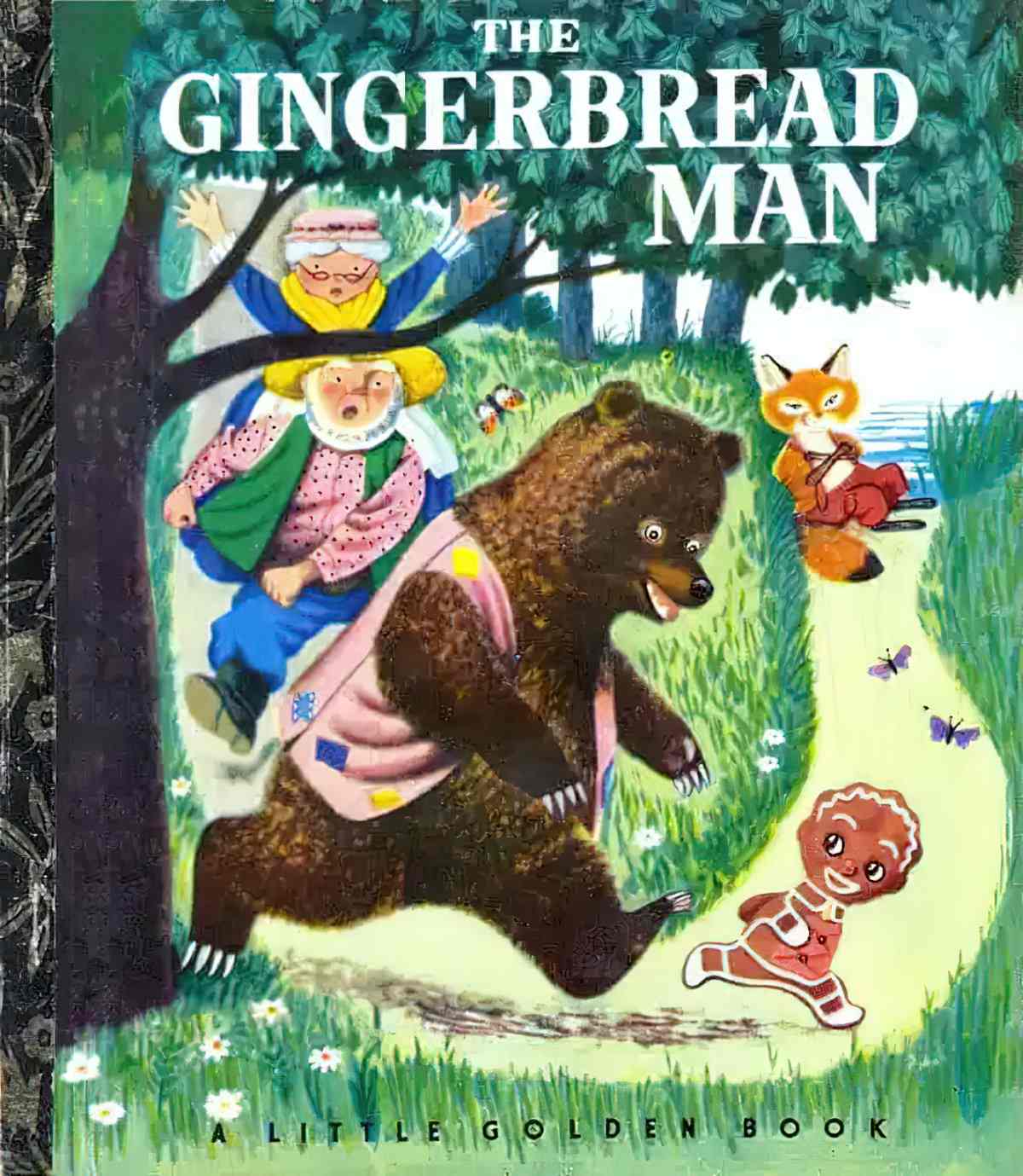
I recently looked into The Magic Porridge Pot (a.k.a. Sweet Porridge), part of a whole category of folk tales about pots of overflowing food. Related, there is another category of folk tales about food that runs away. In the West, the most famous of those would have to be The Gingerbread Man, but have you…
-
What is the meaning of hermeneutics?
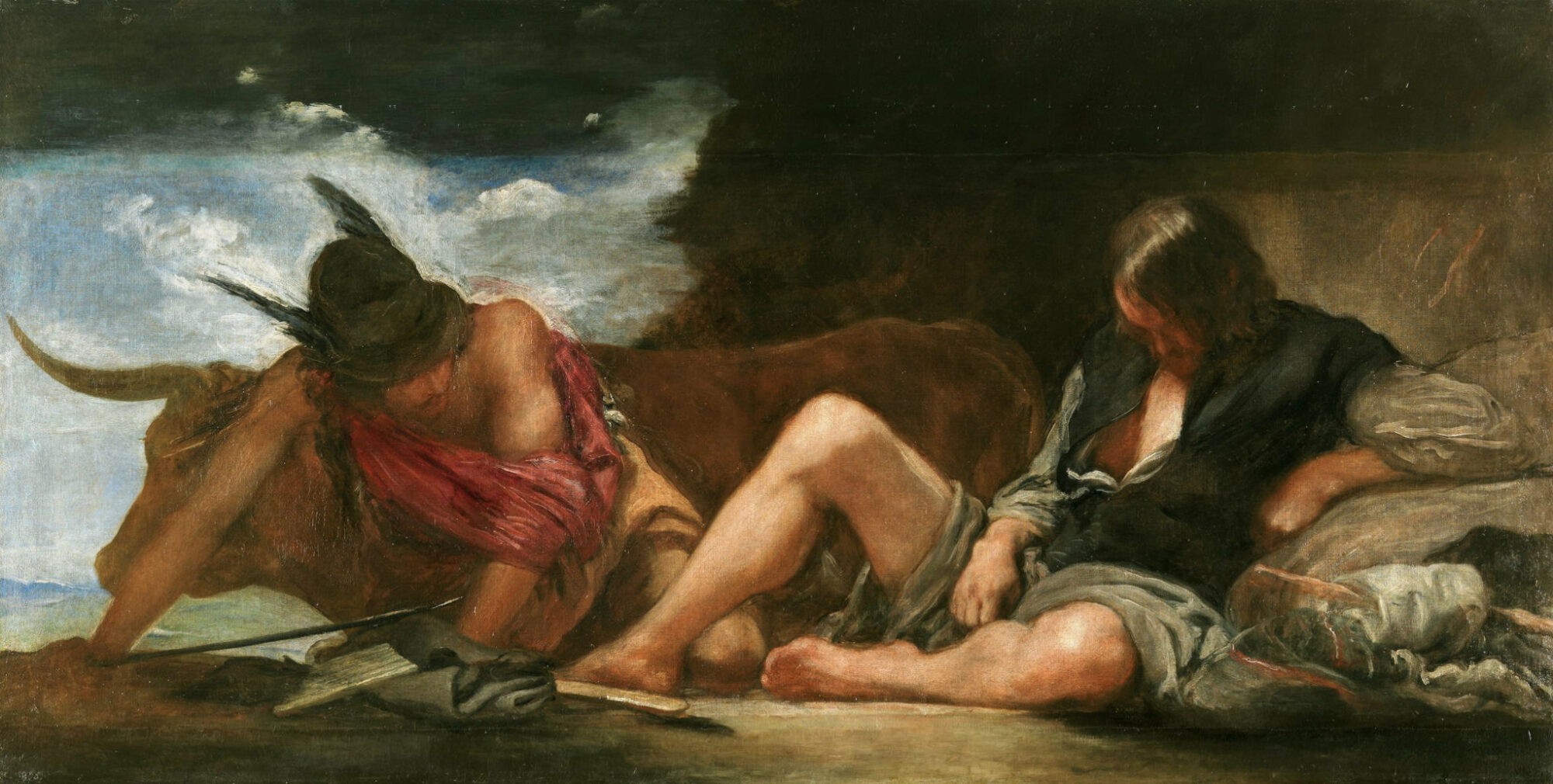
The word ‘hermeneutical’ comes from the Greek word for ‘interpreter’ and means ‘pertaining to interpretation’. Every member of an audience interprets a text differently, depending on the life experience they bring. If you’re like me and you keep hearing this word and also keep forgetting what it means, a fix for that to simply replace…
-
What Is Surrealism?
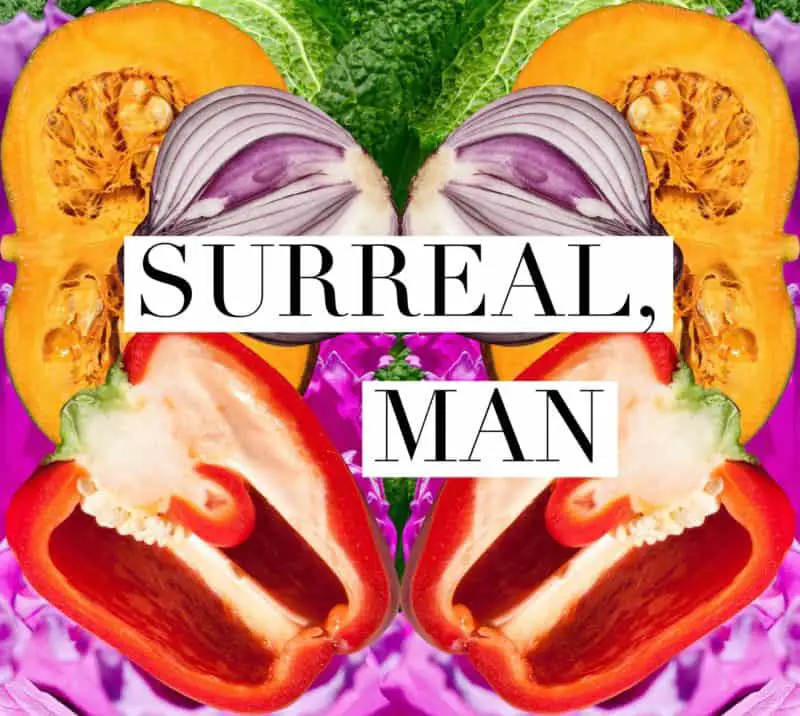
The word ‘surrealism’ has a different use in everyday English from its meaning in critical discourse. Surrealism in everyday English: I don’t understand it. Weird somehow. Creepy. Like a dream. Disparate things are together and don’t make sense. Surrealism in critical discourse: Over and above. Literally, super-real (from French). ‘Surreal’ is a modern word and does…
-
Hop O’ My Thumb by Charles Perrault
Hop O’ My Thumb is so similar to Hansel and Gretel you might wonder how both co-existed. Both stories have: A time of famine In which the parents decide to leave their children in the woods A trail of pebbles A second abandonment, further into the woods A welcoming cottage in the woods A cannibalistic…
-
Fathers In Children’s Literature
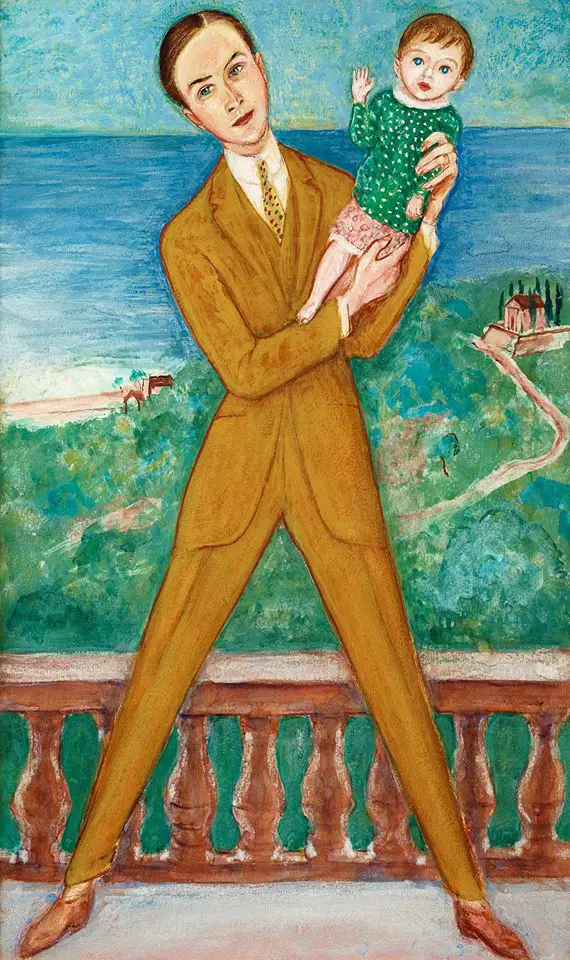
Across children’s literature, young readers see less of mothers than they do in real life, and, as a type of wish fulfilment, many see more interaction with fictional fathers.
-
The History of Hansel and Gretel
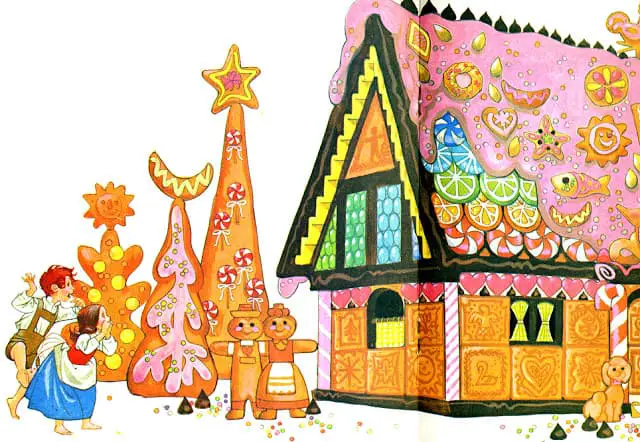
Hansel and Gretel is one of the best-known fairytales. Almost everybody knows the basic story but, more than that, this tale is the ur-story for many seemingly unrelated modern ones. For example, whenever a character meets a character in a ‘forest’ (whether the forest is symbolic or not), the audience is put in mind of…
-
Witches In Children’s Literature
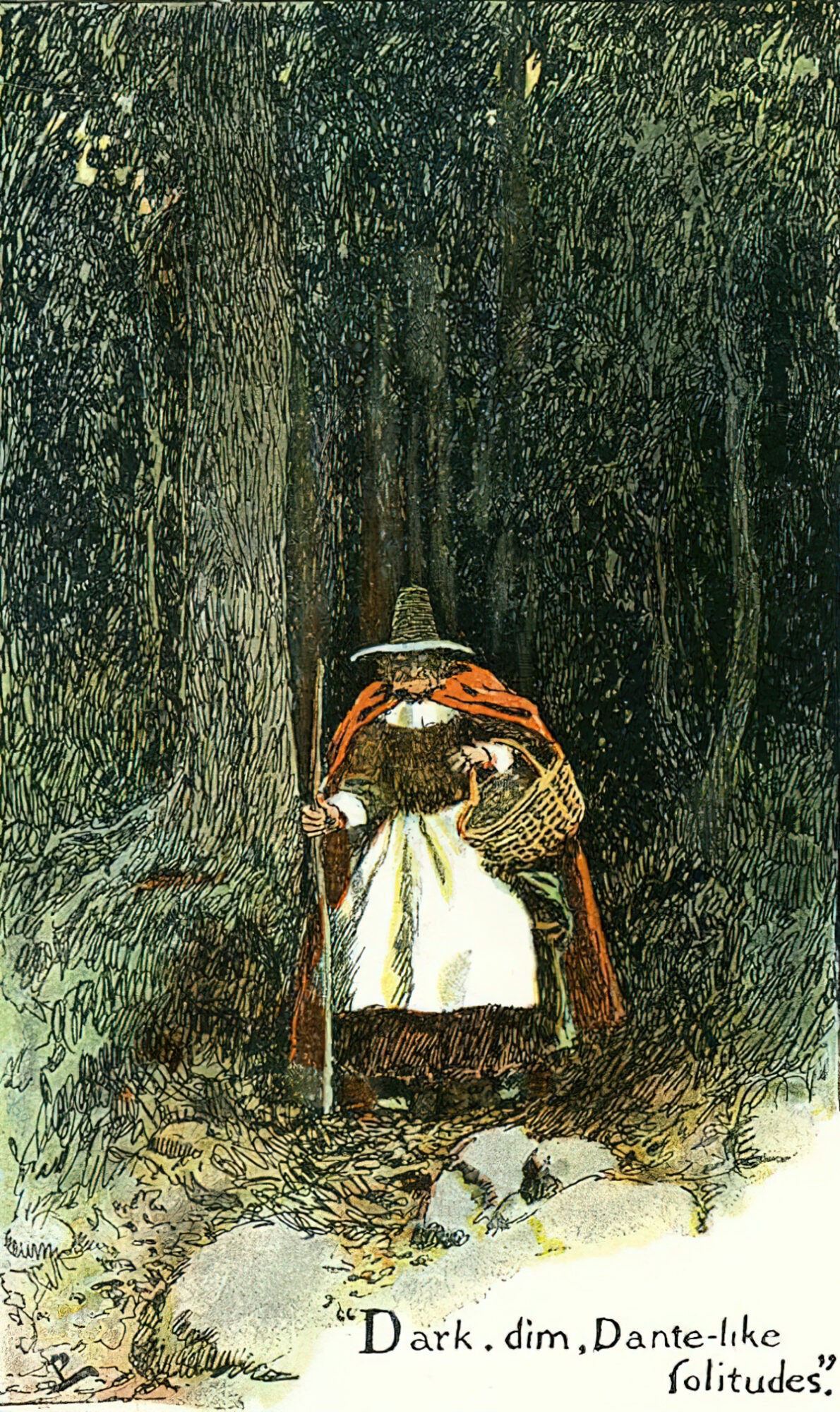
The Weirdness Of Using Witches In Modern Entertainment Witches are female equivalent of storybook pirates in that the character is based on something very real and disturbing. I’d like to append ‘in our past’ but very disturbingly, It’s 2013 And They’re Burning Witches. See also: Woman Brutally Murdered in Papua New Guinea After Being Accused of Sorcery, from…
-
Shadow and Light Source In Picture Books Analysis
In picture books as in all illustration, the artist can use light source and shadow to create atmosphere, or even to add to the story. Complement this with my post on creating aerial perspective. OVERLAPPING SHADOWS Overlapping shadows tend to suggest the power of the objects that cast them over the objects they overlap. Perry…
-
Generic, Naturalistic and Minimalist Character Illustration
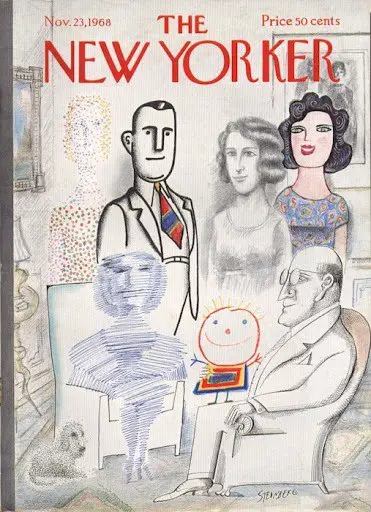
Do you remember being a child and instantly drawn to anything brightly coloured and cartoonish? You learned very early that if something was done in that style, it was made for you. You may also have come across media done in that style which was not for you — perhaps your mum or dad prized…
-
It’s The Bear! by Jez Alborough Analysis
It’s The Bear! by Jez Albrough is one of our daughter’s favourite picture books. She loved it when she was three, and still loves it even though she is now seven. It’s The Bear! is the second of Jez Alborough’s three hugely successful bear books from the 1990s. Published in 1996, It’s The Bear came…
-
Where The Wild Things Are by Maurice Sendak Analysis
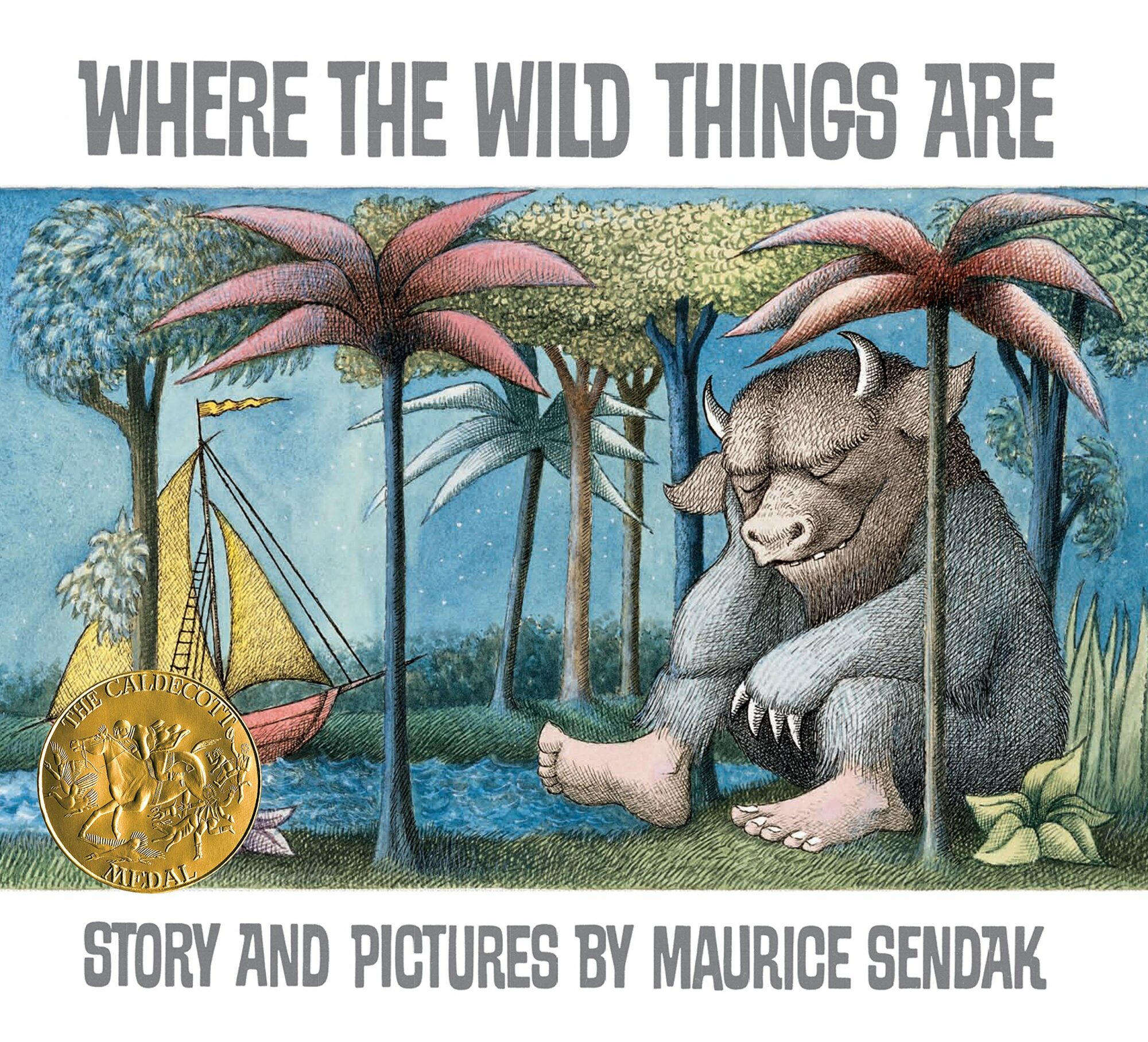
“Where The Wild Things Are” by Maurice Sendak is the picture book that changed picture books forever. The picture book began to be understood, after Maurice Sendak, as something extraordinary – a fusion of images and limited vocabulary which authors such as Julia Donaldson, Lauren Child, Alan and Janet Ahlberg, Emily Gravett and more have turned…
-
Shapes of Plots In Storytelling
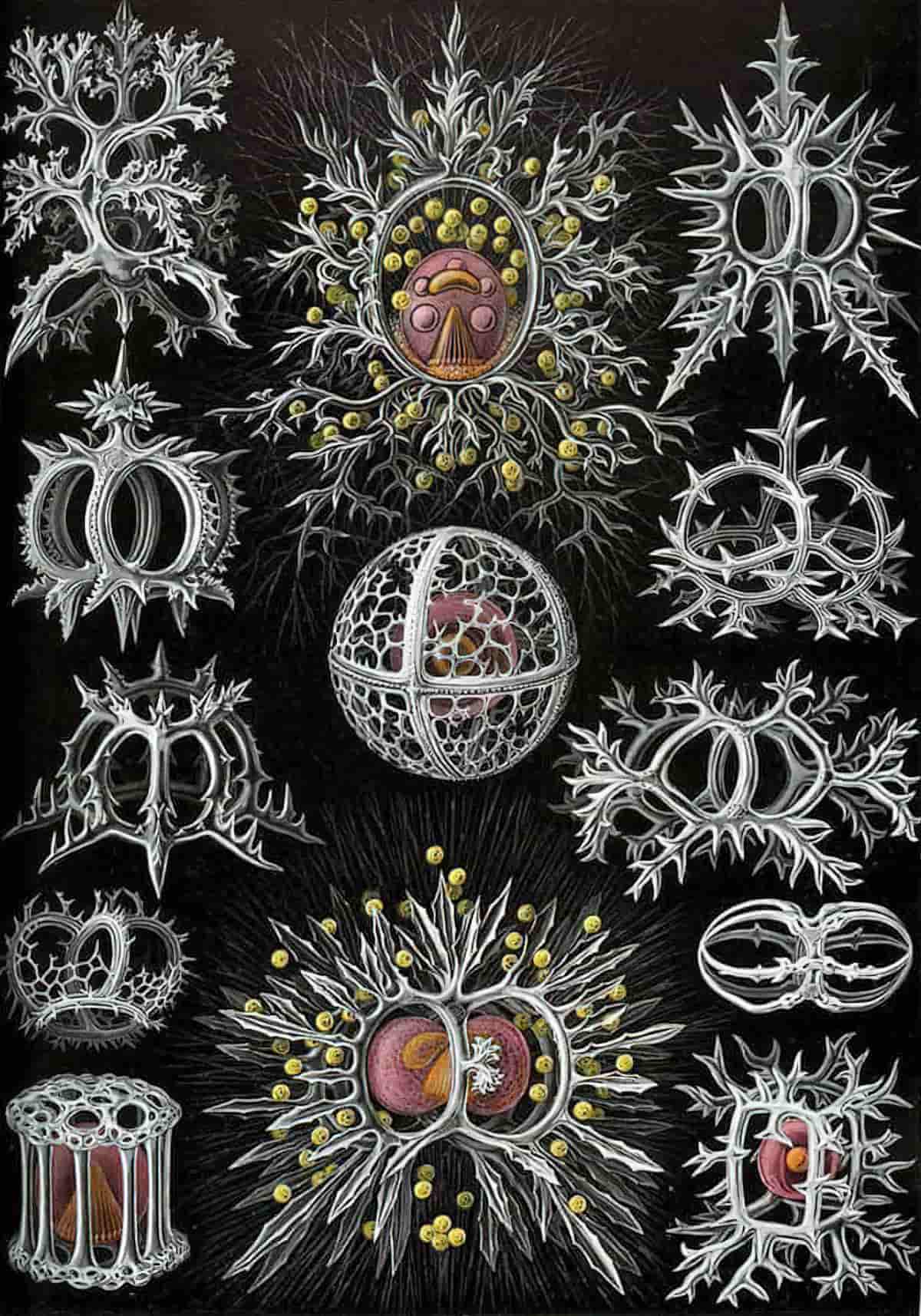
The success of a novel is only five percent about the structure and ninety-five percent about the quality of the writing. Elizabeth Lyons, Manuscript Makeover Younger writers should be experimenting with form as well as material, like a water-seeker with a divining rod. We are “haunted” by experiences, images, people, acts of our own or…
-
The Carnivalesque in Children’s Literature
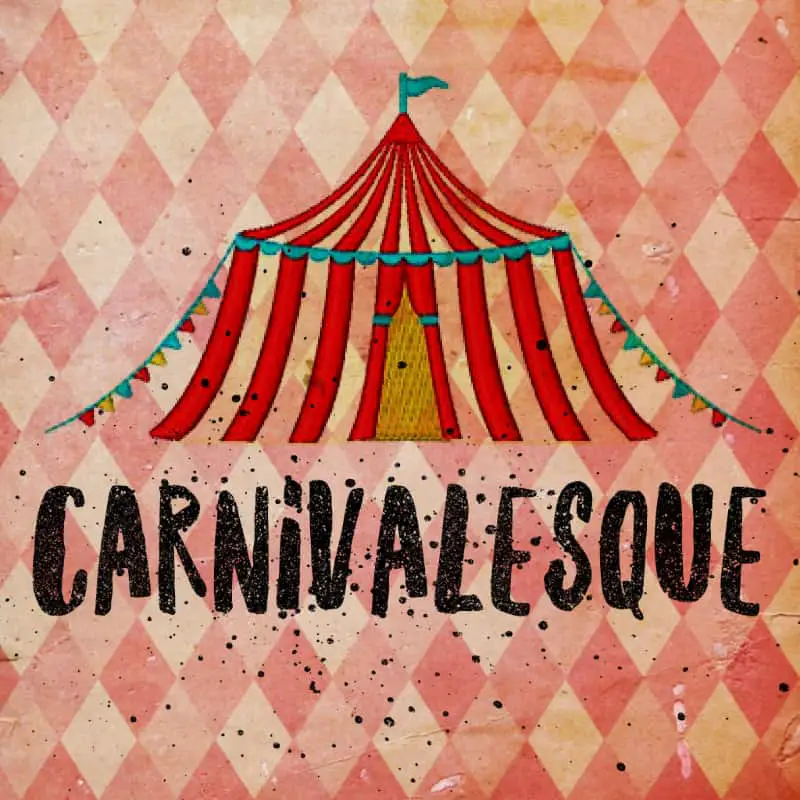
Carnival: In the Bakhtanian sense, “a place that is not a place and a time that is not a time”, in which one can “don the liberating masks of liminal masquerade”. Victor Turner, Dramas, Fields and Metaphors: Symbolic Action in Human Society, 1974 Children’s literature academic Maria Nikolajeva categorises children’s fiction into three general forms:…
-
The Tiger Who Came To Tea by Judith Kerr Analysis
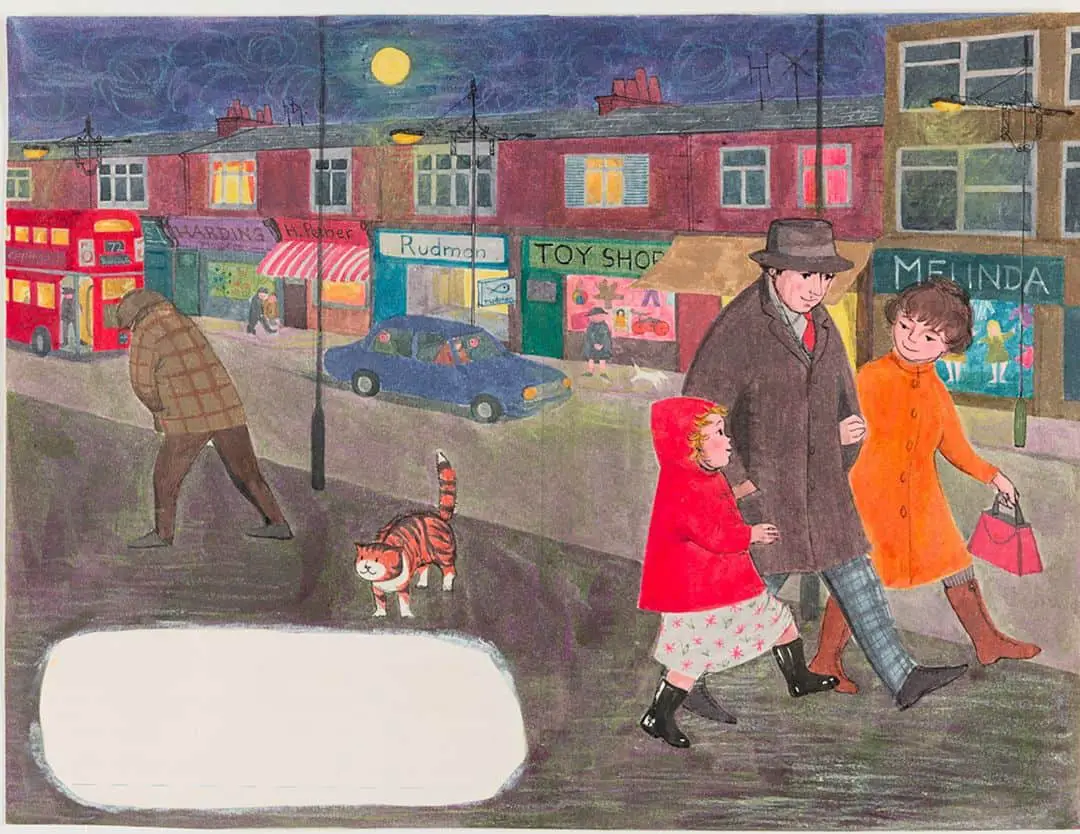
The Tiger Who Came To Tea (1968) is a picture book written and illustrated by British storyteller Judith Kerr.
-
Teach With Picturebooks
What’s true of short stories is true of picture books: You should read short stories because each one will give you the full narrative hit—beginning, middle and end—in double-quick time. You’ll get all—well, most of—the satisfaction of a novel, in one small package that might use up 15–20 minutes of your time. Short Stories and…